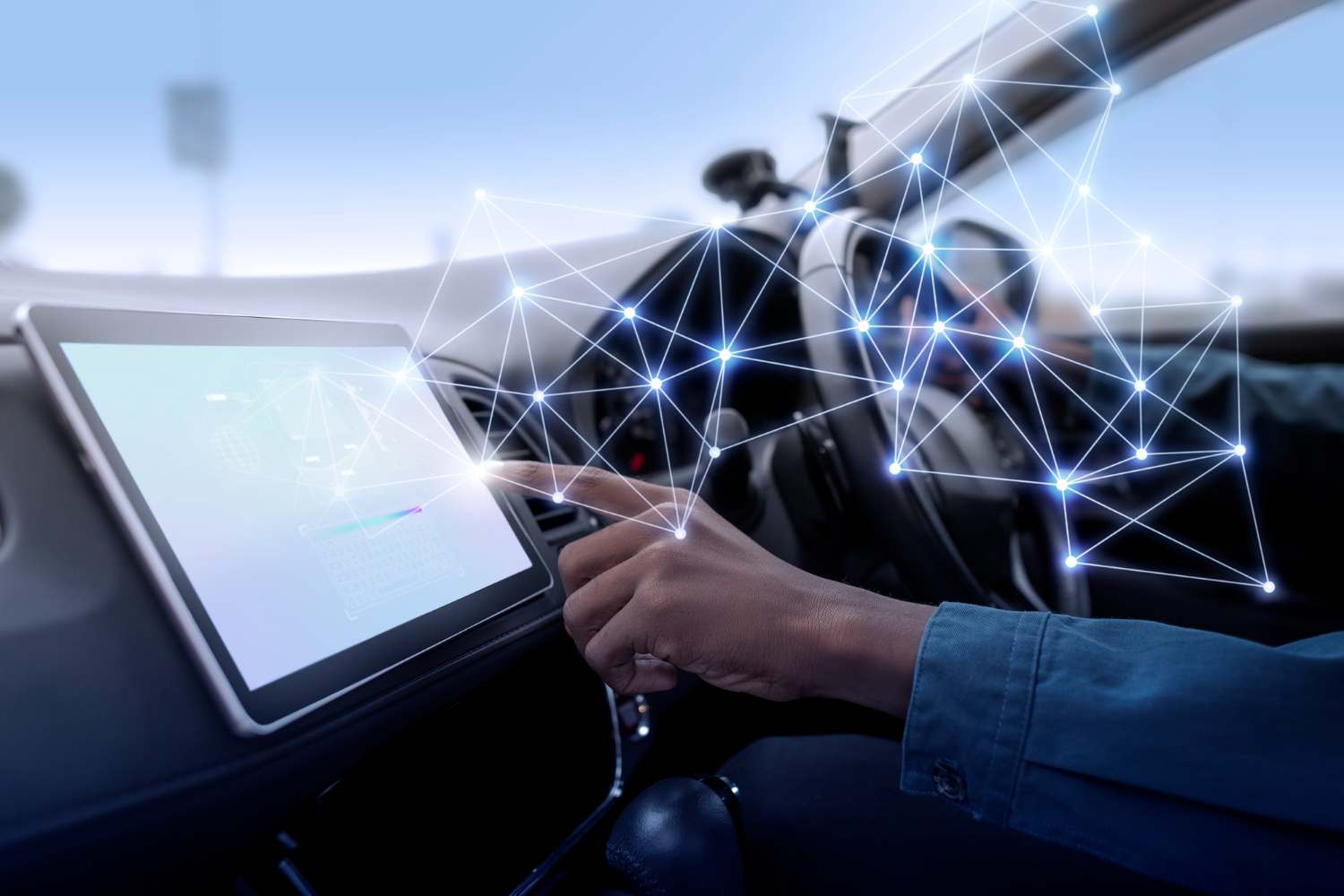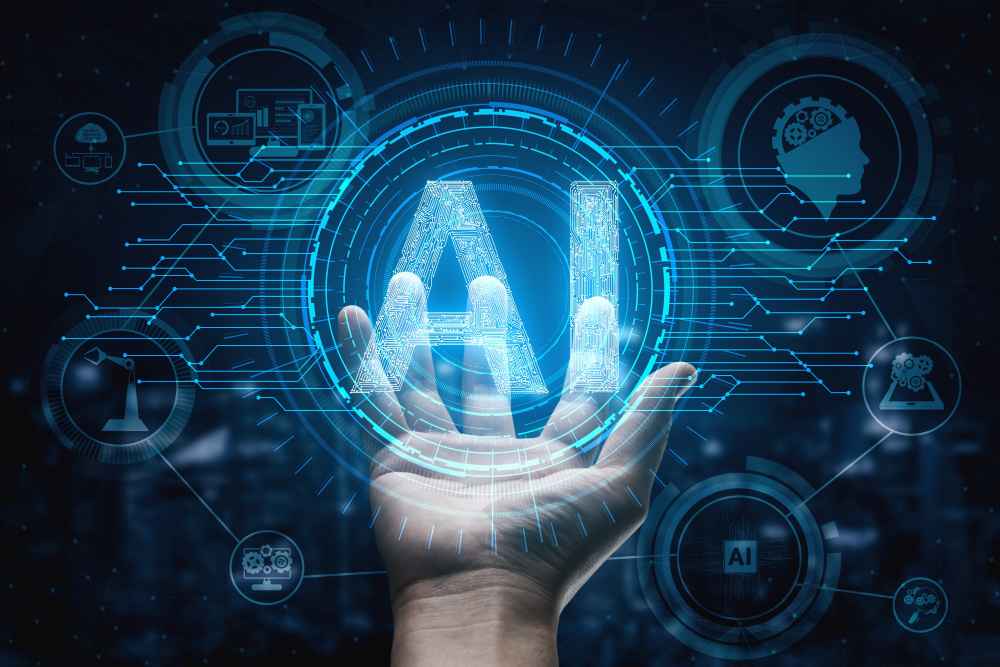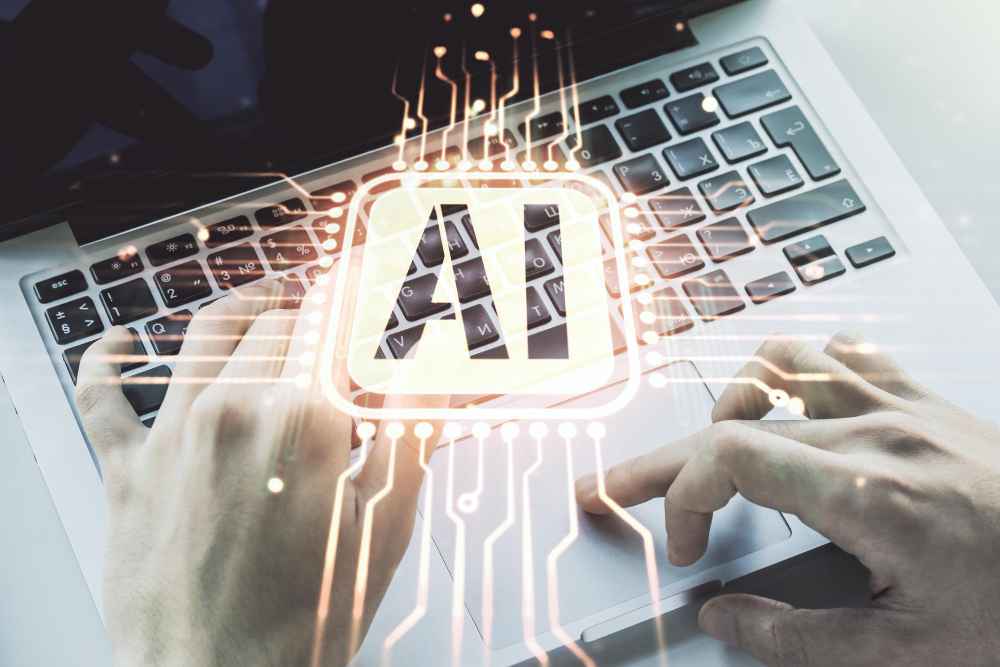An image contains plenty of information, but what about the video? You deal with even more data and context in this case. Video data is a critical asset when seen through the object detection deep learning and computer vision technologies perspectives.
Today, the advancements in the above technologies enable the automatic extraction of insights from videos through video annotation techniques. What are those methods, and how and when to use them? Keep reading this post to learn more about the benefits of video labeling for AI object detection.
Understanding Object Detection in Deep Learning
Before diving into the benefits of deep learning object detection, it’s worth studying the term itself. People often use it interchangeably with object classification, recognition, and localization, but these are just separate tasks that make object detection possible.
Object detection refers to a computer vision process that involves recognizing and pinpointing objects in an image or video. It also comprises assigning corresponding labels or classes to the detected objects. It has numerous applications, with robotics, autonomous driving, and surveillance being the main ones.
How’s object detection AI related to deep learning? It uses deep neural networks and image/video processing techniques to analyze the input data and extract features that assist in recognizing and detecting objects and their precise locations within an image or video. Let’s look at this process step-by-step:
- Initial processing of image/video data.
- Extracting object features like edges, shapes, and textures.
- Generating the object proposal within the specific image/video region.
- Classifying the object and assigning the label.
- Localizing the object, typically with a bounding box.
As a result of this process, the object detection algorithm indicates the location and size of the object of interest and presents the confidence score in its prediction.
Why Video Annotation Is Important for Object Detection Deep Learning
Video annotation is a crucial step in object detection deep learning because it allows for the creation of high-quality training datasets that accurately reflect real-world objects and scenarios. It brings numerous benefits, the main of which are as follows:
Providing Richer Data
Video annotation provides more comprehensive information about objects and their movement over time than images alone. It enables more accurate and precise detection of objects in complex scenarios.
Enabling Continuous Learning
By tracking objects over time, video labeling allows deep learning models to continuously learn and adapt to changes in object behavior, making them more robust and accurate in real-world applications.
Enhancing Model Accuracy
High-quality video annotation ensures that object detection models are trained on relevant and representative data, resulting in higher precision and better generalization to new scenarios.
Reducing Model Bias
Video annotation helps to mitigate biases in object detection models by providing diverse and representative training data, which assists in reducing the risk of the model producing inaccurate or unfair results.
Increasing Efficiency
Video annotation artificial intelligence service streamlines the process of creating training datasets, making it easier to scale up deep learning models and improve their accuracy.
Providing Flexibility
Video annotation tasks can be tailored to specific needs and requirements, such as selecting the level of detail required for object labeling, choosing the type of annotation method, and selecting the types of objects to be detected.
Types of Video Annotation Techniques for Object Detection Deep Learning

There are several object detection techniques in deep learning you can try. Here are the most common video annotation types that help gather top-notch training datasets:
Bounding Boxes
It’s the most basic and widely used annotation technique for object detection. It involves drawing a rectangle around the object of interest, indicating its position and size within the video. Bounding boxes are suitable for various scenarios and are helpful for training single-object and multi-object detection models.
Polygons
This technique involves drawing a polygon around the object, allowing for more accurate localization of objects with irregular shapes or multiple components. This video annotation type works well for labeling objects like cars, buildings, or furniture.
Keypoints
This technique involves annotating specific points on the object, such as the corners of a building or a person’s joints. This method is helpful for training models that must detect and track objects following their specific characteristics, e.g., facial recognition.
Keypoint Skeletons
This video annotation method involves connecting the key points with lines to create a skeleton structure of the object. This technique works best for training models, which track an object or human movements.
Semantic Segmentation
This technique involves labeling each video frame pixel with a specific object class, allowing for precise object detection. It’s ideal for detecting objects with complex shapes and backgrounds, such as animals, plants, or people.
3D Cuboids
This video annotation method involves creating a 3D cuboid around the object, which can provide additional information, such as the object’s orientation and depth. This technique is helpful in robotics and augmented reality.
Use Cases of Video Annotation for Object Detection Deep Learning
Object detection annotation found numerous applications across various industries, which resulted in a significant surge in deep learning and computer vision markets’ growth. The first will expand at an unprecedented 33.5% annually, growing from $69.8 billion in 2023 to $526.7 billion in 2030, while the global computer vision market size will increase from $12.14 billion in 2022 to $20.88 billion in 2030.
So what are the real-life applications of deep learning video labeling? Check out the following ones:
Surveillance
Video object detection is widely used in the surveillance industry for detecting and tracking people, vehicles, and other objects in real-time video streams. For example, security cameras in public places or transportation hubs can use object detection models trained on annotated data to identify potential threats and improve public safety.
The surveillance industry leverages such video annotation benefits as improved accuracy, faster response times, and reduced human error. Yet, surveillance service providers still require large and diverse training datasets to make their systems work properly.
Robotics
Video annotation is also extensively used in the robotics industry for object detection and tracking, particularly in such applications as autonomous driving or warehouse automation. Robotics vision is also experiencing increased demand in the industrial sector, and its market size is projected to reach $3.8 billion by 2027.
The benefits of using object detection annotation for robotics include improved safety, efficiency, and reliability. Nevertheless, this industry must work out the challenges associated with ethical considerations around autonomous systems.
Entertainment
The entertainment industry uses image video annotation for motion capture and virtual reality. For example, motion capture systems can use annotated data to track the movements and gestures of actors and create realistic 3D animations.
By using the AI video annotation service, entertainment companies can improve realism, immersion, and creative possibilities. But achieving these goals is only possible with high-quality and precise annotations.
The success of video annotation for object detection deep learning depends on a combination of technical, organizational, and ethical factors and a deep understanding of the specific domain. By carefully considering these factors and following best practices, organizations can unlock the full potential of video labeling for their projects.
How to Outsource Labeling Specialists for Deep Learning Object Detection
Choosing the right video annotation service provider is crucial for your AI object detection project. Only a reliable vendor can deliver high-quality annotations that meet your business needs. What to pay attention to when selecting a labeler? Here are a few factors:
- Expertise. It would be best if you looked for an object detection labeling specialist in the domain of your interest and knowledge relevant to your particular project.
- Service quality. A good idea would be to engage an expert with a proven track record of delivering high-quality and accurate annotations.
- Scalability options. It’s best to hire a specialist for object detection machine learning who can scale up or down the annotation process following your requirements.
- Communication. Look for a vendor with good communication skills who can provide regular updates and feedback on the video annotation process.

The in-depth expertise, top-notch quality, extensive scalability, and excellent communication are what we offer at our company. Our annotation experts can deliver various services, including the following ones:
- Video annotation
- Image annotation
- Audio annotation
- Text processing
- And many more
Our video annotation process includes all video labeling types mentioned in today’s article. Thus, we can deliver bounding boxes, polygons, keypoints, semantic segmentation, and other object detection video services.
To hire our video annotation specialists, you can contact us directly through our website and provide details on your project requirements. We’ll work closely with you to understand your specific needs and offer a tailored annotation solution following them.
Wrapping Up
By now, it’s clear that video annotation is critical for proper machine learning object detection. It provides numerous benefits, which include better model accuracy, richer data, increased efficiency, and fewer incorrect object detection results.
Yet, you may require high-quality object detection machine learning and video labeling services to make the above benefits a reality. If you’re looking for a partner capable of delivering top-notch annotations, we’re here to assist you. Feel free to discuss your project with our experts to train your models to the highest standards.



